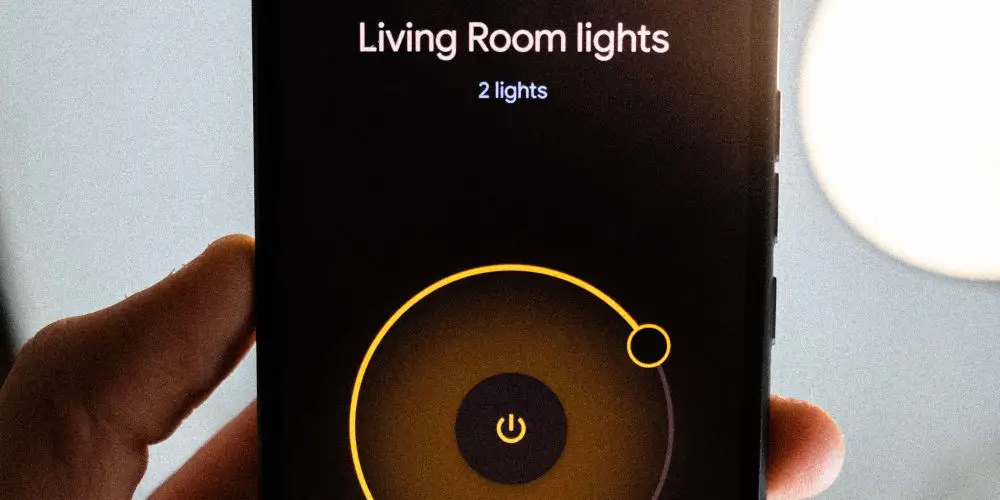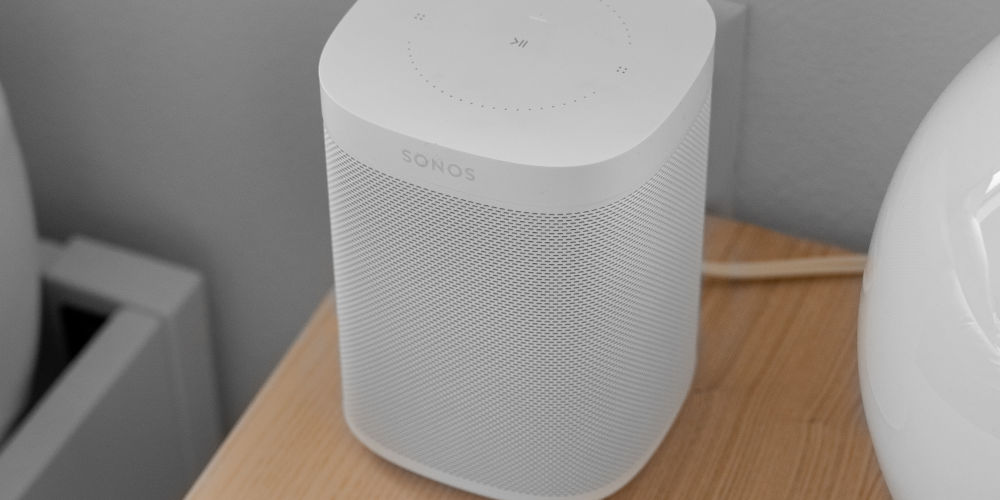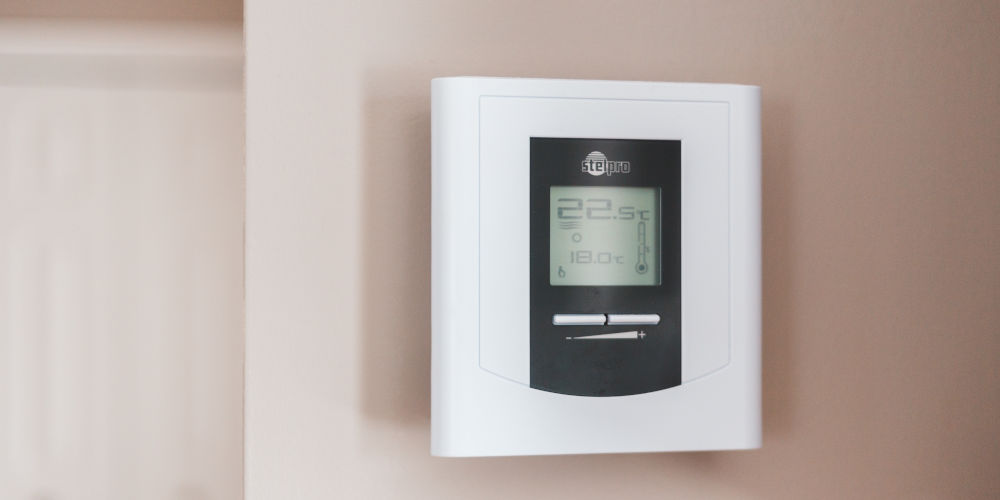Home automation vs smart devices: What’s the difference?

Many use the terms home automation and smart devices interchangeably. However, there’s a subtle difference between the two. It’s not a case of home automation vs smart devices, as you need both. So, it’s worth understanding the difference between the terms.
Home automation means using technology to control various aspects of a home, such as lighting, thermostats, and security systems.
Smart devices are individual elements that you can control remotely, such as light bulbs, thermostats, and security cameras.
In the typical home automation system, all smart devices connect to a central hub, allowing them to communicate with each other and be controlled from a single location. You could use a smartphone or virtual assistant.
You don’t have to connect smart devices to a central hub. Typically, you can control them using a smartphone, tablet, or voice command (Alexa, for example).
However, using a single smart device or multiple devices without a central controller is tricky and doesn’t offer you the level of control a combined system does.
In the battle between home automation vs smart devices, which is better?! It really depends on your requirements and expectation. In this article, you’ll learn more about these two terms and how to avoid the common mistakes many make.
Understanding smart devices
Many people’s introduction to smart devices is an Amazon Echo Dot or Nest thermostat. Both are amazing devices that make life easier, thanks to how they use technology. Plus, they both connect to Wi-Fi and don’t require a special hub, wiring, or another device to work.
From there, most people think about adding smart bulbs or dimmers, upgrading their heating system, and then changing the curtains or blinds for smart versions. Smart devices are a lot of fun and highly affordable.
If you stick to devices that use Wi-Fi, you don’t need a special hub or wiring and can be set up and running in minutes. You can these types of smart devices independently. They are very flexible and easy to install and use.
However, there are some downsides. The more devices on your Wi-Fi network, the slower it runs. It might be fast when you have a smart bulb, a smart thermostat, and a few phones and a tablet. But upgrade all of your bulbs, and you’re Wi-Fi speed will be noticeably slower.
Using smart devices from several brands means having different apps to control them. Managing all of them can quickly become a nightmare. Also, by having multiple different apps, you can’t group several devices into scenes or programme automations that make life easier.

What is home automation?
The easiest way to think of home automation is it’s the glue that combines the multitude of smart devices into a system that’s easy to control.
For some, it’s Control4 or Crestron, which comes complete with a £50k price tag. While others instead choose a DIY-friendly option such as Fibaro or Lightwave. Both are far more affordable! Regardless of the brand, all home automation systems work the fundamental way.
They run a unique piece of software, called a protocol that communicates with the smart devices within the system and doesn’t use Wi-Fi. You have a hub, which is like a computer. It runs this protocol, enabling you to turn devices on and off or adjust them.
The hub also stores different presets and sequences. Plus, it connects to the internet, allowing you to run time-based programming. And rather than needing multiple apps, you have a single app, that allows you to control devices, presets, and view real-time information.
It’s not home automation vs smart devices: You need both!
By now, you should understand that it’s not home automation vs smart devices but a system that combines both. You need smart devices as they are the controllable elements that make operating everyday items easy.
Also, you need a way to control these devices that allows you to build a combined system complete with multiple layers of control. Let’s jump into some examples of how a home automation system works in real life.
All off
We’ll start simple. Imagine you have 12 smart dimmers in your home. You can turn them on and off using light switches. Another option is using your smart home app. But you could build a scene within your smart home controller that allows you to turn them all off with a single push.
You could turn all of your lights off at night or if you’re away and reduce your energy bills. Building such a scene in Fibaro, for example, takes a few minutes yet is life-changing.
Waking up
Your alarm clock deserves an upgrade! You could be waking up in style. Daily at 7 am, the bedroom lights start getting brighter, the curtains slowly open, and your favourite music starts playing. All of this happens without you pressing a single button! That’s the power of automation.
Movie night
Enjoying movies is easy. You can set the lights to dim to 30%, close the smart blinds, and turn the TV on. Creating a movie scene removes the frustration of remembering settings or the right order to operate devices.
Instead, you simply push a button, and your smart home does the rest. Magic!
Need the toilet?
If you end up following your guest around to help them find the loo and the light, home automation can help. You can create a scene to turn the toilet room light on for 15 minutes when a motion sensor detects someone moving.
Your guest doesn’t need instructions or hand-holding, nor do you have to run after them to turn the light off! It can make the whole hosting experience even better.

Adding home automation to your property
Now we have a clear idea of home automation vs smart devices, where do we start? Research! We recommend buying a hub and a single smart device. Live with that for a few weeks and expand your system from there. Don’t go crazy and add every possible smart device to your home.
Instead, take a measured approach and build a system around your needs and requirements. By doing it this way, you don’t waste money or create a load of problems you need to fix before the system works.
Just remember, it’s not home automation vs smart devices. We need a combination of both to make our dream smart home a reality.




